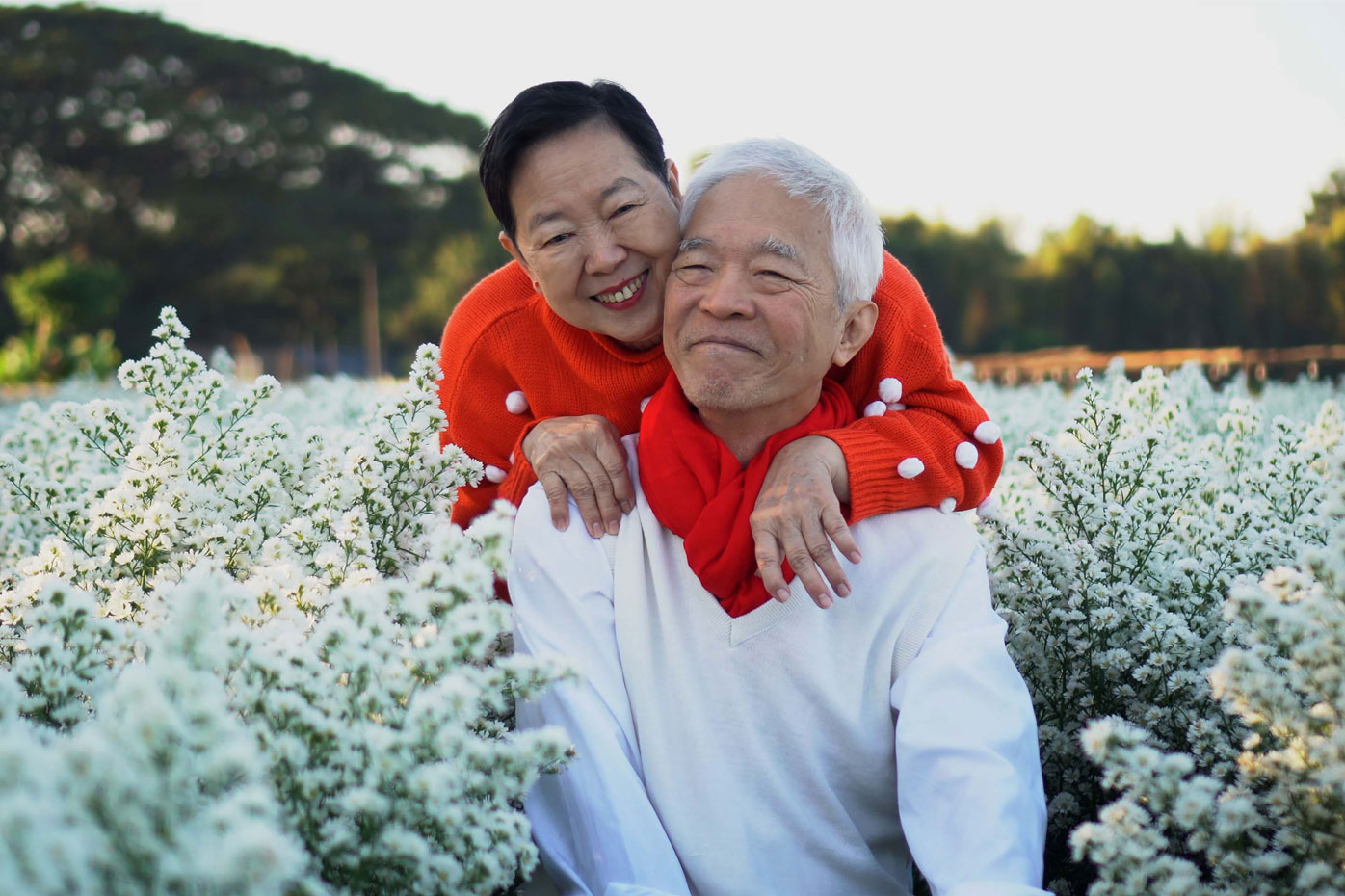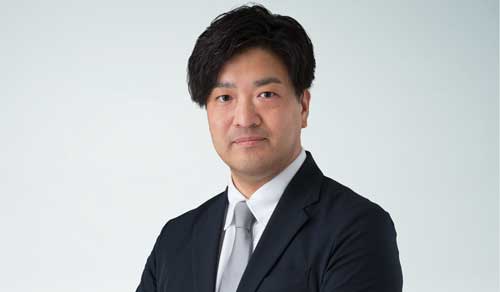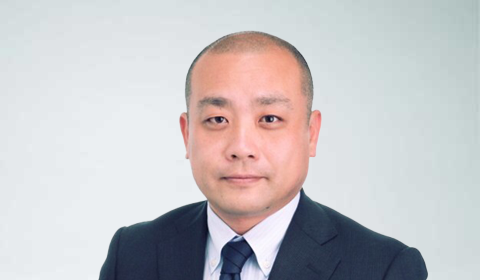Apart from these pensions, the SOA/RGA survey revealed workers in Japan are skeptical that their savings will be sufficient in retirement. Working-age Japanese expect smaller retirement funds at age 60 than the amounts held by current retirees. They also expect to work during retirement.
A significant portion of respondents reported limited knowledge about investment and financial products, with 17% indicating they were "not knowledgeable at all" and 42% reporting "very limited knowledge." Only 5% of respondents considered themselves "very knowledgeable" about financial matters. These results highlight a substantial gap in financial literacy among Japanese consumers, underscoring the need for improved financial education and awareness initiatives to support better retirement planning and financial decision-making.
Priorities for Japanese seniors
The SOA/RGA survey revealed Japanese seniors want financial products that offer both protection against health risks and stable income in retirement, addressing their concerns about healthcare costs, longevity, and maintaining independence as they age.
Health-related coverage is a top priority, with 88% of respondents expressing concern about developing major illnesses and 87% worried about cognitive decline or dementia. This translates into high interest in critical illness insurance, with 48% of respondents likely to consider purchasing or reviewing such coverage.
Snapshot: The appeal of single premium products
Estate planning and wealth transfer: Single-premium life insurance allows individuals to transfer assets to beneficiaries with a lump-sum payment, providing a paid-up death benefit and simplifying estate planning. Some products offer death benefits that exceed the premium paid, ensuring a larger inheritance.
Guaranteed benefits and stability: Many Japanese whole life insurance products offer guaranteed benefits, including guaranteed interest rates and death benefits for the life of the policy, providing peace of mind in uncertain economic times. This is particularly appealing in a market with a history of low interest rates.
Savings-oriented solutions: In addition to the death benefit, single-premium life insurance can function as a savings vehicle, building cash value over time that can be used for long-term goals or supplemental income.
Financial security is another key concern, with many seniors showing interest in products that offer guaranteed income for life (43%) or fixed income throughout retirement (39%). They also expressed notable interest (73%) in annuities that provide increased monthly income payments in the event of a critical illness or disability.
Priorities for working age Japanese
According to the survey, Japanese working-age consumers consider health-related coverage a significant priority, with high interest in critical illness insurance (48% being likely to consider purchasing or reviewing such coverage). Working-age Japanese also expressed notable interest in health and wellness insurance, particularly for managing diseases such as diabetes (50% being very or somewhat interested).
Financial security for retirement is another key focus, with many showing interest in products that offer guaranteed income for life (43%) or fixed income throughout retirement (39%).
The survey highlighted a strong preference for financial products that create guaranteed income, reflecting concerns about long-term financial stability. Additionally, working-age Japanese want annuities that provide increased monthly income payments in the event of a critical illness or disability (73% interested).
While interest is high, actual ownership rates for many of these products remain low among working-age consumers. The survey also revealed that younger workers are more likely to consider riskier investment portfolios compared to older age groups, indicating a higher risk appetite and potential interest in insurance products that offer both protection and growth potential.
Tax planning
The survey results show that tax increases are a major concern for Japanese respondents, with 90% expressing worry in 2024, up from 87% in 2018. This suggests a growing awareness of tax-related challenges in retirement planning and that Japanese consumers are looking for tax-efficient financial products.
Of the Japanese consumers surveyed, 37% of respondents in 2024 expect to inherit property, up from 27% in 2018, indicating that inheritance is becoming a more significant factor in retirement planning.
In terms of insurance products, the survey found a varying interest (65%) in different types of tax-deferred annuities.
- Lifetime-guaranteed annuities attracted moderate attention, with 40% of respondents expressing interest in converting a portion of their assets into these products for retirement.
- Annuities with enhanced benefits linked to critical illness or disability garnered significantly more interest, with 73% of respondents indicating they would consider such products. This suggests a strong preference for products that offer both income security and protection against health-related risks.
- Tax-deferred annuities – insurance products that allow investment earnings to grow tax-free until the money is withdrawn – also showed considerable appeal, with 65% of respondents expressing interest. This again highlights the importance of tax considerations in retirement planning for many Japanese consumers.



.jpg?sfvrsn=9c5c1c61_3)


